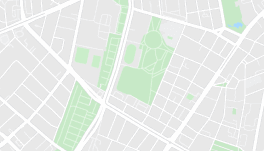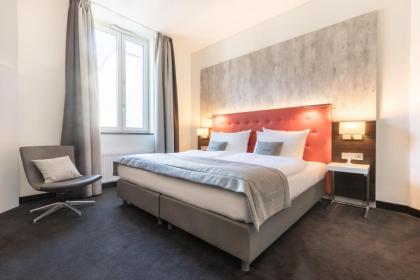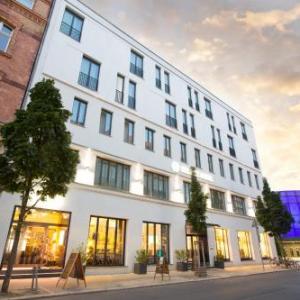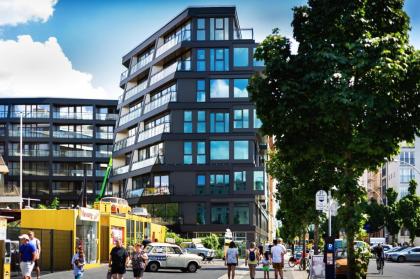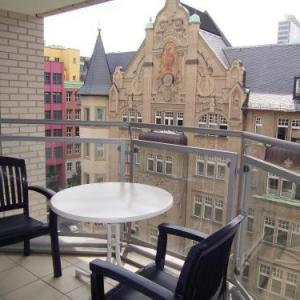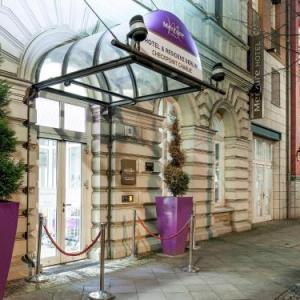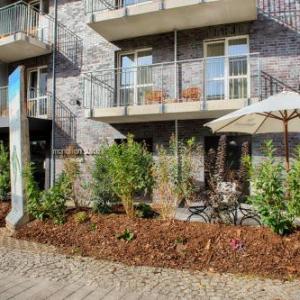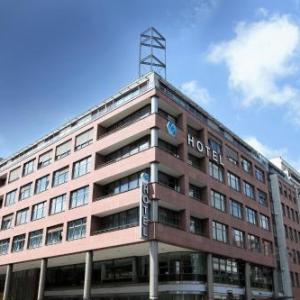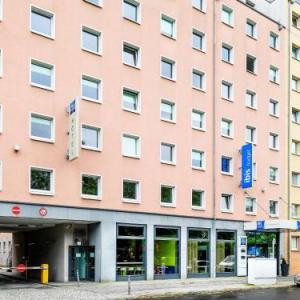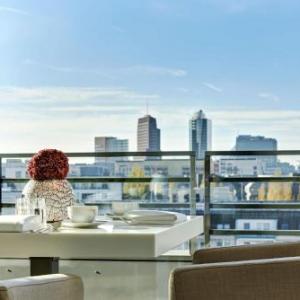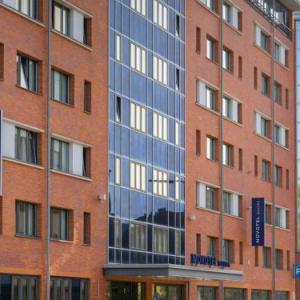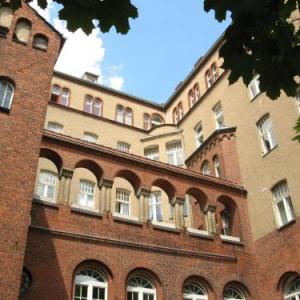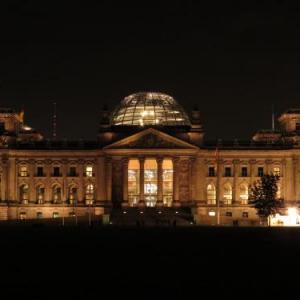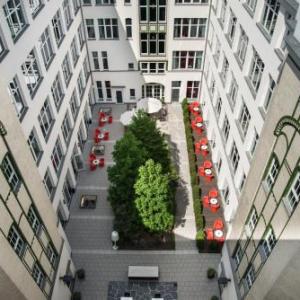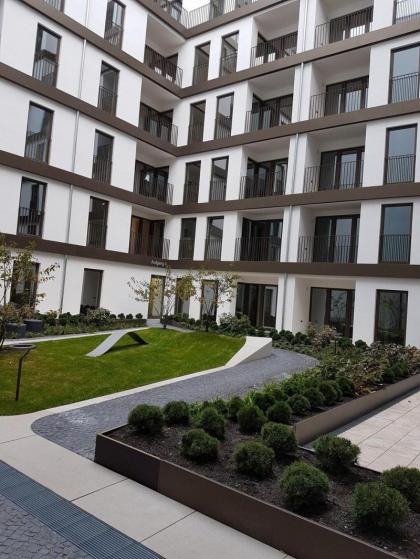Featured Hotels Near Checkpoint Charlie Berlin
88 Zimmerstraße (0.2 km from Checkpoint Charlie)
Select Hotel Berlin The Wall - Apartments features accommodations within 2 miles of the center of Berlin with free Wifi and a kitchenette with a microwave a fridge and a stovetop.
Zimmerstr. 88 (0.2 km from Checkpoint Charlie)
This 4-star hotel is located directly in the heart of Berlin’s Mitte neighborhood 656 feet from Checkpoint Charlie and Kochstraße Underground Station. Free Wi-Fi is available in the entire hotel.
91 Zimmerstraße (0.2 km from Checkpoint Charlie)
91 Zimmerstraße (0.2 km from Checkpoint Charlie)
Located in Berlin and within 656 feet of Checkpoint Charlie Wilde Aparthotels Berlin Checkpoint Charlie features a garden. This property currently has the Front Desk open between 7am and 10.00pm and a concierge service.
Charlottenstr. 75 (0.2 km from Checkpoint Charlie)
These apartments are located in the center of Berlin beside the River Spree or 984 feet from Checkpoint Charlie. TopDomizil apartments feature a fully equipped kitchen stylish décor and free WiFi.
Schotzenzstrasse 11 (0.3 km from Checkpoint Charlie)
This Mercure hotel is located in the heart of Berlin a 3-minute walk from Checkpoint Charlie and the Stadtmitte Underground Station. It offers a 24-hour fitness room a sauna and complimentary WiFi.
Mauerstr. 81-82 (0.3 km from Checkpoint Charlie)
This design hotel is centrally located in Berlin's central Mitte district just 164 feet from Checkpoint Charlie and the Friedrichstrasse shopping street. It offers free WiFi modern rooms and great transport connections.
Mauerstr. 81-82 (0.3 km from Checkpoint Charlie)
Budget Hotels Near Checkpoint Charlie See all
You Might Also Like These Hotels Near Checkpoint Charlie See all
Neighboring Points Of Interest: See all
About Hotels in Checkpoint Charlie!
Checkpoint Charlie was a prominent crossing point between East and West Berlin during the Cold War period. Located at Friedrichstraße, it was the only gate through which foreigners could pass from East to West Berlin. The checkpoint was established in 1961, after two years of construction, and served as a major symbol of the ideological conflict between Eastern and Western Europe during this era.
In addition to being a powerful symbol of the Cold War, Checkpoint Charlie also held an important role in facilitating travel between East and West Berlin. People who were travelling by car or train were required to show their passports or other identification documents before they were allowed to cross over into the other side. Tourists visiting from abroad were able to get special permits that allowed them to pass through the checkpoint on foot. All travellers were subjected to rigorous security checks before they were permitted entry into either side of the city.
The famous stand-off between Soviet and American tanks occurred at Checkpoint Charlie in October 1961, shortly after it had been opened for business. The incident highlighted how divided Europe had become following World War II, with neither side willing to back down on their ideals even when faced with potential nuclear annihilation. This stand-off eventually led both sides to reach negotiations that resulted in an agreement allowing non-Germans easy access across the border while maintaining stricter control on those attempting to flee from East Germany into West Germany. As tensions began to dissipate over time, Checkpoint Charlie's role diminished until its closure in 1990 after Germany's reunification.
Today, Checkpoint Charlie stands as one of the most iconic symbols of Cold War history and serves as a reminder of how quickly things can change politically within a region when conflicts arise due to cultural differences or ideologies. While no longer operational as a travel checkpoint, visitors are still able to view reproductions of guardhouses that stood here throughout much of its history along with memorials paying tribute to all those affected by this divide during this period in time.


